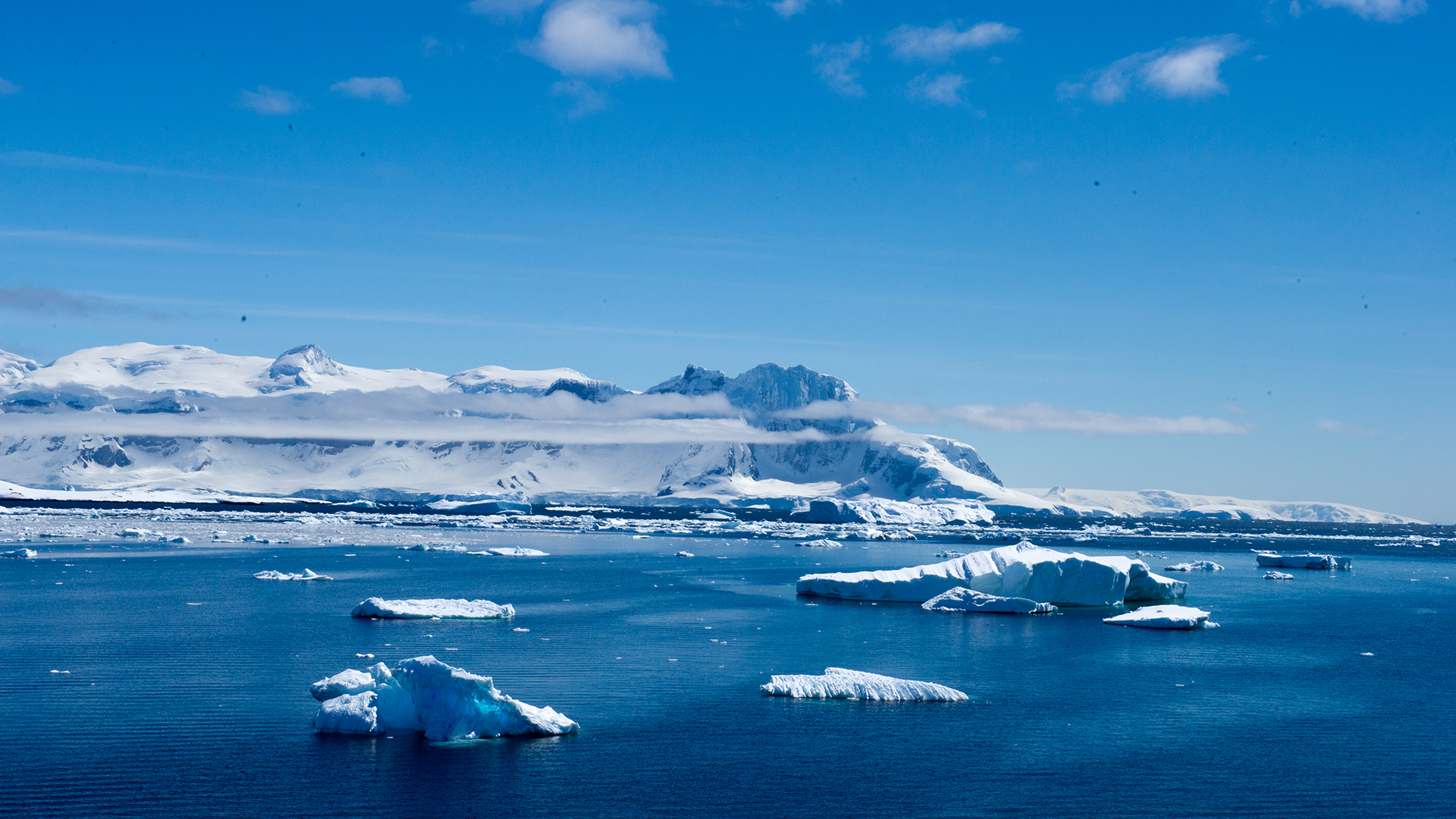When paleontologist Thomas Mors was peering into a microscope while sorting through tiny 40 million-year-old fossils unearthed on Seymour Island near the tip of the Antarctic Peninsula, he came across quite a surprise – hip and skull bones of a frog.

The little amphibian from the Eocene Epoch was a helmeted frog – about four centimeters long – closely related to five species of helmeted frogs still native to Chile. These frogs get their name from the shape of their heads.
"It was a totally unexpected discovery under the microscope. I first found the hip bone, and I directly realized that I found an Antarctic frog – the first. And the first Antarctic amphibian for over 200 million years. So exciting," said Mors, a scientist at the Swedish Museum of Natural History and lead author of research published this week in the journal Scientific Reports.
The discovery illustrates how Antarctica, six million years before becoming the desolate land of ice and snow, was home to forests and rivers and ponds teeming with life.
"It tells us that whole ecosystems can be wiped out by global climate change, and that it might go fast," Mors said.

On February 6, 2020, weather stations recorded the highest temperature on record for Antarctica. Thermometers at the Esperanza Base on the northern tip of the Antarctic Peninsula hit 18.3 degrees Celsius, around the same temperature as Los Angeles that day. The warm spell caused widespread melting of nearby glaciers.
On February 6, 2020, weather stations recorded the highest temperature on record for Antarctica. Thermometers at the Esperanza Base on the northern tip of the Antarctic Peninsula hit 18.3 degrees Celsius, around the same temperature as Los Angeles that day. The warm spell caused widespread melting of nearby glaciers.
Antarctica's climate at the time resembled the modern-day Valdivian rainforest in Chile, extremely wet with temperatures during the warmest months averaging about 14 degrees Celsius.
Earth's southernmost continent boasted an abundance of plant and animal life before becoming a frozen wasteland, with numerous dinosaurs previously identified along with flora including conifers, ferns and flowering plants.
At the time when the little frog was hopping around and dining on insects, ice sheets were already forming in the highlands within the interior of Antarctica.
"Given that there is geological evidence of some glaciation 40 million years ago, it is interesting that the climate still was suitable for cold-blooded land-living vertebrates," Mors said.
Until now, the prehistoric amphibians known from Antarctica were members of extinct lineages. The newly identified frog has plenty of living relatives. South America's helmeted frogs are part of a group called Australobatrachia, or "southern frogs," that also has members living in Australia and New Guinea.
(Photos via VCG)
(If you want to contribute and have specific expertise, please contact us at nature@cgtn.com.)
Source(s): Reuters